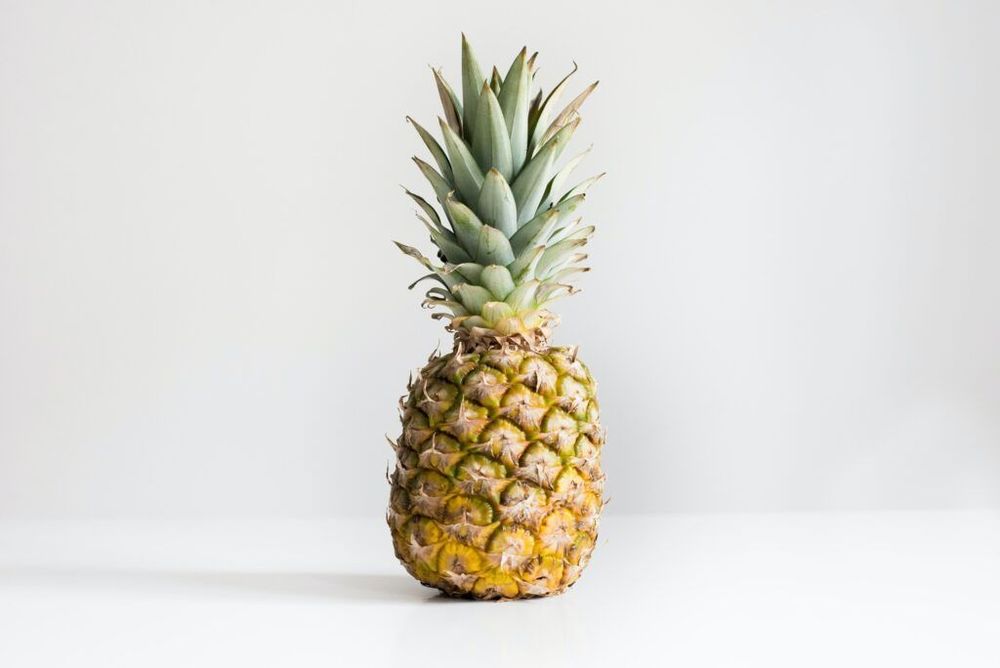5 plant leather alternatives for vegans and environmentalists
Leather is ubiquitous. From shoes to sofas, it is in almost every home. It is, of course, the skin of an animal - meaning it is not vegan. Like all other organic matter, this skin wouldn’t last very long if preservatives weren’t used. This process necessitates the use of toxic chemicals at an industrial level and is detrimental to the environment. In many developing countries labourers working in these industries are also heavily exploited and their basic human rights violated. Safety and environmental measures are often ignored in favour of keeping costs low.
The standard vegan alternative to animal leather is pleather. This has been the go-to for many vegans over the years. The term is derived from 'plastic leather', and that’s pretty much what it is - plastic. So while pleather is a win for the animals, it definitely isn’t a win for the environment.
Are there any better options than substitute leather made from plastic?
This is where plants come to the rescue. While not perfect, they certainly are an improvement and it is thrilling to be presented with more options. Some of these plant-based alternatives even use waste byproducts from the juice and food sectors making plant leather much kinder to the environment.
Pineapple
Otherwise known as Piñatex, this alternative was developed in the 90s and was one of the first to get used in fashion. It mostly consists of the cellulose fibres extracted from pineapple leaves and is one of the options that utilises waste that would otherwise rot in a landfill. Being the first plant-based option to hit the mainstream, many brands have already adopted it to make shoes, bags, jackets and more.
Ananas Anam is the perfect resource for discovering more about this versatile and sustainable material.
Cactus
Nopal is a prickly pear cactus and is the plant of choice for cacti leather. Cacti are hardy plants so need very little water and/or pesticides. The leaves are harvested with the body of the plant remaining intact. This can be repeated many times over as new leaves grow back. The sustainability credentials of this product are therefore hard to beat. The leaves are cleaned, cut, mashed and then dried in the sun before a binder is used to form the final product.
Desserto was developed in Mexico and this leather came to fruition in 2019, and was showcased in one of the world’s fashion capitals – Milan, Italy.
Mushroom
If mushrooms are good enough for Stella McCartney, they are good enough for us at V-Land. Stella McCartney is part of a consortium of big brands behind the Mylo Unleather initiative. This group of companies aim to bring this infinitely renewable material to the market this year.
The product is made from mushroom mycelium. Mycelium is an intricate web of underground fibres and is grown in a controlled environment that replicates the forest floor. Once harvested, it is processed and tanned to produce the final product.
We know that mushrooms aren’t strictly plants but we are so excited to see more of this product as it is a compassionate alternative to animal skin.
Corn
Veja is an Italian-based footwear brand that sought a more sustainable material for their shoes. They spent many years researching and developing options before settling on corn. It follows the same principles as other plant-based leather in its production.
When it comes to corn it’s hard to decide whether it is better popped and flavoured or flattened and worn. Fortunately we can now do both if we wish.
Mango
A lot of fruit is discarded before it even hits the supermarket shelves. This waste is not insignificant in its negative impact on the environment. It was because of this that two designer entrepreneurs in Rotterdam, Netherlands, tasked themselves with developing leather-like products out of leftover fruit. Fruitleather was born and they presented mango leather to the world.
There are even mango fruit leather recipes to be found online. This leather is good for your lunch box but don’t confuse it with the raw materials for making a new pair of shoes. It wouldn’t end well, especially in rainy Britain.
The future of leather is plants so we can expect more innovation in this space in the coming years. Definitely watch this space. We will be.
If you enjoyed reading about the revolution of plant leather you may be intrigued by our articles about why fashion doesn’t need to cost the earth and whether haute couture can subvert fast fashion?
